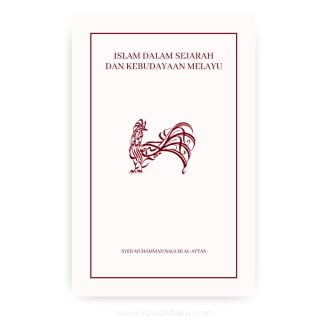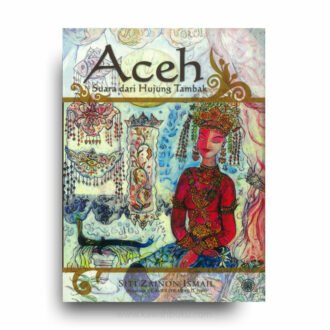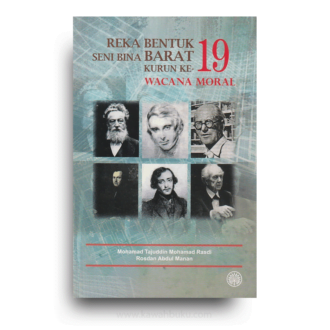Sea Nomads of Southeast Asia: From the Past to the Present helps to place the emergence of sea nomadism within a long (pre) historic sequence which began with the late Pleistocene-early Holocene networks that witnessed the development of a community of culture. It was then followed from the mid-late Holocene by the Austronesian expansion, associated with opportunistic maritime forager-traders who acquired cultural traits from their land-based neighbours. The turning of the first millennium sBce/cE witnessed the co-emergence of Maritime Silk Road early trading polities and sea nomads, as described by historical sources. From then on, sea nomads were key to trading polities; facilitating trade, locating new sources of goods for trade, exploring and guarding maritime routes and possibly new locations for settlements. Forming an autonomous part of trading polities’ hinterland, sea nomads were probably more often crucial for the rise, maintenance, and perhaps, the decline of those polities than is suspected on the basis of written sources. Today, sea nomads are marginalised by nation-states and ‘treated with disdain’ by their land-based neighbours.
This book shows for the first time that multi-disciplinary research provides the means to detect sea nomads’ input into major (pre)historic processes. Such an initiative has been called for by an authoritative historian on the subject, B.W. Andaya, and this is the archaeological response after five years of intense discussion and deliberation. As described in the case of the Bajau, their polycentric structure and their ‘accommodative ethnic identity’ made sea nomads especially flexible, reactive and efficient partners on maritime networks. Given these characteristics, there is still a much research, both empirical (minute regional archaeological programmes) and methodological, to be carried out to fully characterise them archaeologically and to track their social evolution and the extent of their movements.
Finally, the research presented in this book provides avenues of evidence that should be pursued and enriched to keep investigating sea nomads — in other places in Southeast Asia where their presence is not suspected (as the Isthmus of Kra early nomads example shows) or associated with many other polities. A large part of Southeast Asian history may need to be rewritten to take sea nomads into account. It is hoped this book will encourage archaeologists, historians, ethnographers, geographers, linguists and geneticists to follow up these methodological reflections and to work together to provide a history for the ancestors of a large proportion of current Southeast Asian populations.









Reviews
There are no reviews yet